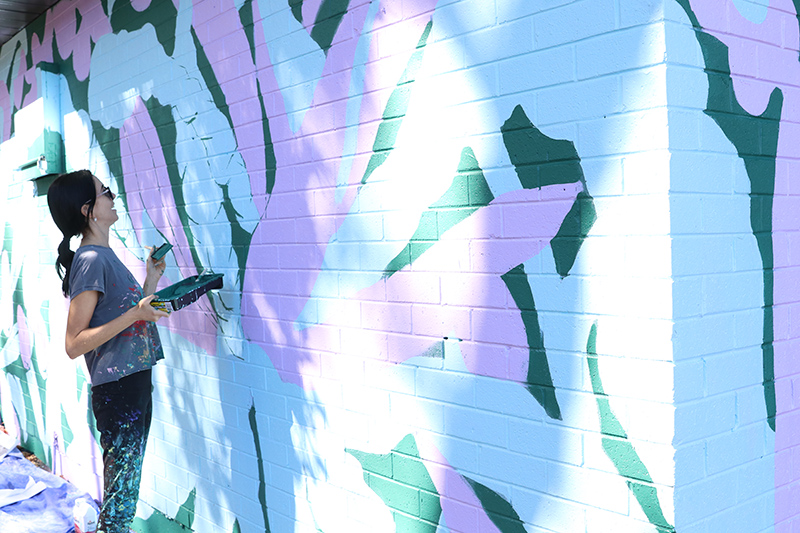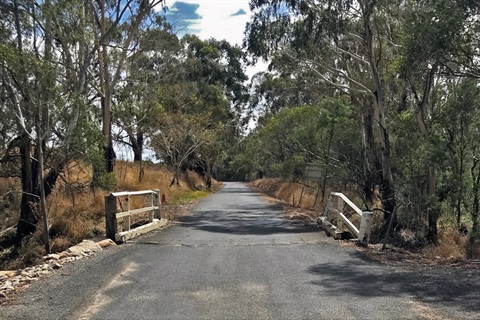The position statement was developed by leading experts and organisations who came together at a Sun Exposure Summit convened by the Australian Skin and Skin Cancer Research Centre (ASSC), which is a collaboration between QIMR Berghofer and The University of Queensland (UQ).
Lead author Professor Rachel Neale, who heads QIMR Berghofer’s Cancer Aetiology & Prevention Group and is a member of the ASSC Executive, said the position statement has a more complex message than previous guidance but the overall priority remains the prevention of skin cancer.
“We know there are some health benefits to going out in the sun, but we also know it is the main cause of skin cancer which has a terrible impact on so many lives.
“We’re really trying to get the balance right so we can reduce the risk of skin cancer but also enable people to get the benefits of sun exposure,” Professor Neale said.

Lead author Professor Rachel Neale heads QIMR Berghofer’s Cancer Aetiology & Prevention Group
The position statement assigns people into three broad groups. The group with the lowest risk of skin cancer from sun exposure have deeply pigmented brown to black skin. While this group is at lowest risk of skin cancer they are at highest risk of vitamin D deficiency. This group can safely spend time outdoors and routine sun protection is not needed unless they are in the sun for extended periods.
People in the group with the very highest risk of skin cancer are advised to protect themselves from the sun at all times, and discuss their vitamin D requirements with their doctor. This includes those with very pale skin that burns easily, and people with less pale skin but who have certain risk factors such as a family history of melanoma, a personal history of skin cancer, are immunosuppressed, or have lots of moles or moles that are large or atypical.
The final group of people have an intermediate risk of skin cancer. Sun protection remains very important but they can spend some time outdoors to maintain their vitamin D and gain other benefits of sun exposure. The amount of time needed outside will vary depending on where they live, the time of day, the time of year, and how much skin is not covered by clothing while outdoors.
A number of factors led to the decision to update the position statement, including growing research about the benefits of sun exposure in addition to vitamin D production. New modelling has also provided more clarity about the amount of time needed outdoors to maintain adequate vitamin D levels.
There was also evidence of a knowledge gap among consumers and clinicians with surveys showing people were confused about what they should do to avoid vitamin D deficiency and still be sun safe.
“The updated position statement brings together the new research to improve understanding and address the pressing need to consider our diverse population,” Professor Neale said.
With Australia having the highest incidence of skin cancer in the world, at a cost of up to $2 billion a year, Professor Neale said people should err on the side of protecting their skin from the sun.
“It is really important that everyone in Australia, apart from those with deeply pigmented skin, wears sunscreen daily. It should be part of your normal morning routine, just as routine as brushing your teeth. This needs to happen whenever the UV index is forecast to get to three or above, and for most of Australia that’s most of the year. This provides a ‘base’ level of protection, but people should also ensure that they reapply sunscreen and use hats, clothing, sunglasses, and shade when outdoors to reduce their risk of skin cancer.”
The updated position statement has been endorsed by leading organisations including Cancer Council Australia and the Australasian College of Dermatologists.
Researchers anticipate the new position statement will begin informing clinical care and public health practice, and support the medical community in delivering more personalised advice to patients. Simplified communications are also being developed for the community to provide people with information that is specific to their skin type and other risk factors and to where they live.
The paper “Balancing the risks and benefits of sun exposure: a revised position statement for Australian adults” can be found here in the Australian and New Zealand Journal of Public Health, the official publication of the Public Health Association of Australia. The position statement is available online here.
Lead author Professor Rachel Neale from QIMR Berghofer would like to acknowledge the authors and organisations who contributed to this paper including: senior author David Whiteman – QIMR Berghofer & UQ; Victoria Beedle – Melanoma Patients Australia; Peter Ebeling – Monash University & Healthy Bones Australia; Thomas Elliott -QIMR Berghofer; David Francis – Australasian College of Dermatologists (ACD); Christian Girgis – University of Sydney & Australia and New Zealand Bone and Mineral Society (ANZBMS); Louisa Gordon – QIMR Berghofer & UQ; Monika Janda – UQ; Graeme Jones – ANZBMS & University of Tasmania; Robyn Lucas Australian National University (ANU); Rebecca Mason – University of Sydney & Healthy Bones Australia; Philip Keith Monnington (General Practice); Julia Morahan – Multiple Sclerosis Australia; Georgia Paxton – Royal Children’s Hospital Melbourne; Craig Sinclair – Cancer Council Victoria; Stephen Shumack – ACD; Jane Smith – Royal Australian College of General Practitioners; Ann Webb – University of Manchester.








